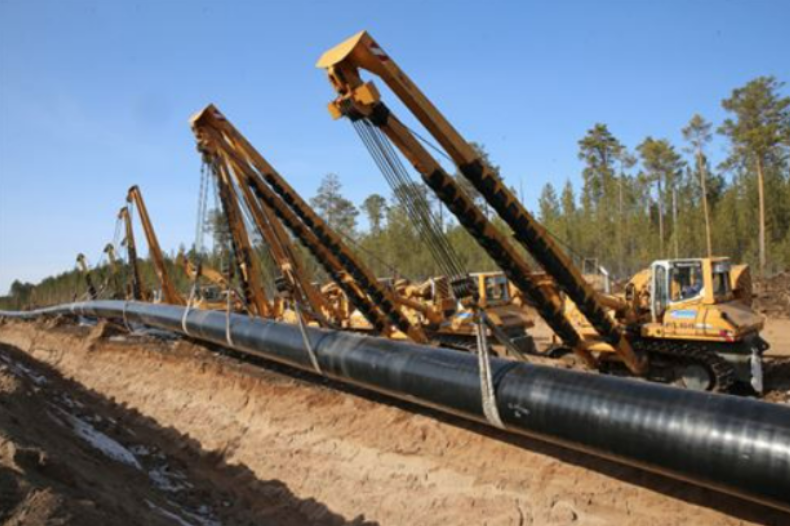Preventing Damage while Preparing for Pipeline Construction
Print this Article | Send to Colleague
Preventing Damage while Preparing for Pipeline Construction
Once the route for a pipeline installation has been established, survey crews will mark the proposed area. To prevent damage during construction, crews will stake the pipeline’s centerline, the exterior right-of-way, and work area. All surrounding buried and overhead facilities, such as utility and irrigation lines, are also located and marked.
The right-of-way is a strip of land that varies in length but is generally 18-36 metres wide. The right-of-way is land that is acquired from landowners, other utility owners, or the government by obtaining an easement or license. It’s important to know, work must never take place outside the right-of-way.
 |
Right-of-way markers must identify the name of the operator, emergency contact information, and a general description of the product in the pipeline. These markers only indicate the general location of buried pipelines—they cannot be relied on as the exact location.
At the end of the day, equipment operators are responsible for any damage they cause. when excavating. Due to this responsibility, operators must make sure all existing buried facilities are located and marked before beginning any work.
Identifying the type of buried facility by the colour of the locate marks is an important skill. Make sure your workers are familiar with the APWA Color Code. In post construction, when the area is restored, it should still be evident that a pipeline is present. This means the right-of-way needs to remain free of obstructions to indicate underground utilities are present. Once the final phase is complete, the pipeline is maintained to control safety and environmental hazards.
The Training Standards Committee (TSC) works collaboratively to identify important ground disturbance and damage prevention topics like preventing damage during pipeline construction and implements these important lessons into their training standards. If you have an interest in these types of topics or want to know more about what the TSC does, reach out to TSCAdmin@utilitysafety.ca.
Training Standards Committee - Utility Safety Partners

